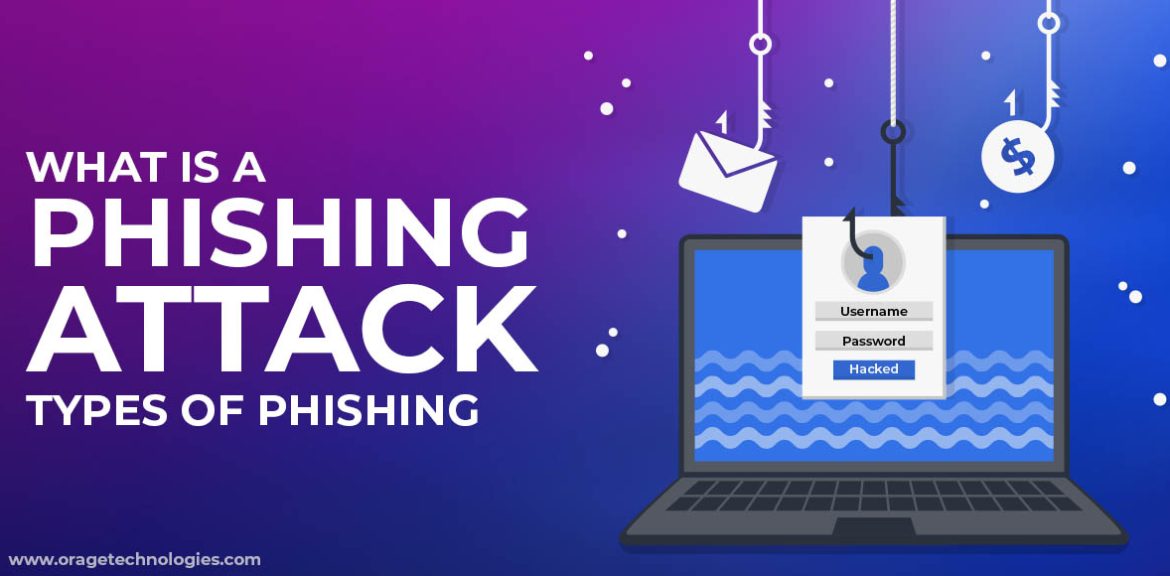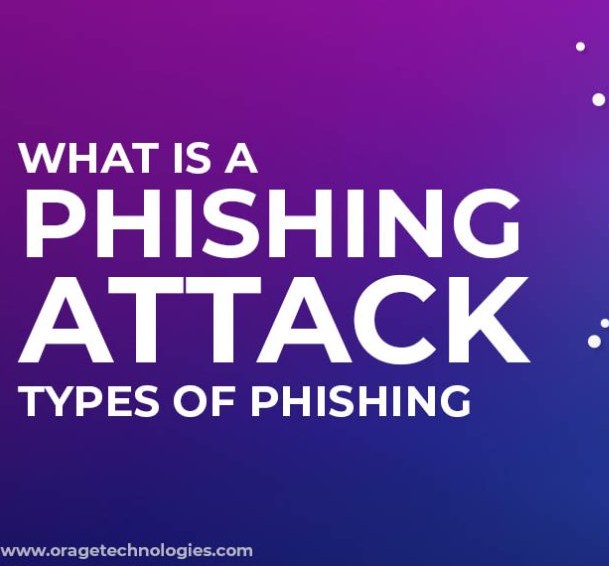Phishing is a type of cyberattack that uses masked email to deceive the recipient into downloading malware, giving up information, or taking other preferred actions. The purpose of a phishing attack is to steal sensitive information like login and credit card details or install malware on the victim’s machine.
How Does Phishing Attack Work?
A phishing attack is a type of cybersecurity and social engineering attack where the attacker imitates someone else via email or other types of electronic communication, including SMS text messages and social networks, to reveal personal information.
Phishers can use public sources of information, such as Twitter, LinkedIn, and Facebook, to gather the victim’s personal data, activities, work history, and interests. These resources are usually used to unveil information such as email addresses, names, and job titles of potential victims. An attacker can then use the information to make a believable phishing email.
Types Of Phishing Attacks:
Cybercriminals continue to sharpen their existing phishing mastery and develop the latest phishing scams. Some common types of phishing attacks are:
Spear Phishing Attack
Whaling Attacks
Clone Phishing Attack
Pharming
Voice Phishing
Evil Twin Attacks
Smishing Or SMS Phishing
Page Hijack Attacks
Calendar Phishing
How To Recognize A Phishing Email?
- The message uses misspelt URLs and subdomains, also known as typosquatting or otherwise suspicious URLs.
- A message to invoke a sense of urgency or fear.
- The recipient uses a Gmail or other public email rather than a corporate one.
- The message is badly written and has grammatical or spelling mistakes.
- The note includes a request to verify personal data, such as a password or financial details.
What Are Phishing Techniques?
Link Manipulation
URL Spoofing
Link Shortening
Graphical Rendering
Homograph spoofing
Chatbots
Covert Redirect
AI voice generator
How To Prevent Phishing Attacks?
- Don’t share personal information.
- Assess emails for suspicious elements.
- Use email security and safety protocols.
- Block the spam emails.
- Filter harmful traffic with a safe and secure web gateway.
- Conduct a browser isolation service.
- Verify and authenticate the message with the sender.
Phishing Examples:
A phishing attack or scam comes in all sizes and shapes. Users can keep themselves safe and alert by knowing about some of the most recent ways in which scammers can attempt phishing. A few examples of more recent phishing attacks are:
Digital Payment based
Work related phishing
Finance based phishing
Conclusion:
A phishing attack is a practice in which a scammer masquerades as a trusted entity or a person to trick a user. Usually, the attackers or scammers use phishing emails to spread malicious attachments or links that can extract the victim’s personal information. It is crucial to know the phishing techniques and their types and how you can prevent yourself from this cybersecurity threat.
To read more such interesting blogs click on the link.
Orage Technologies an IT solution company



No comments yet